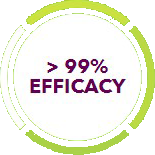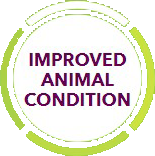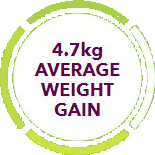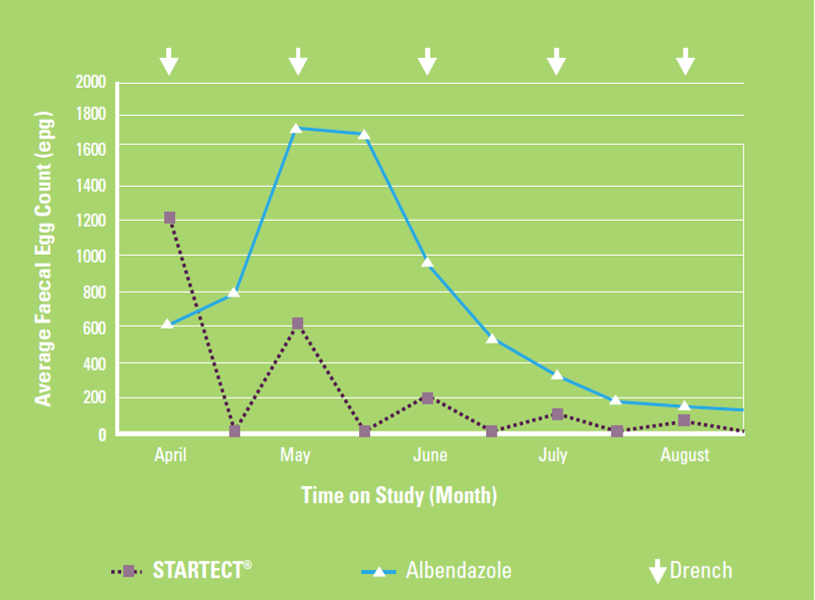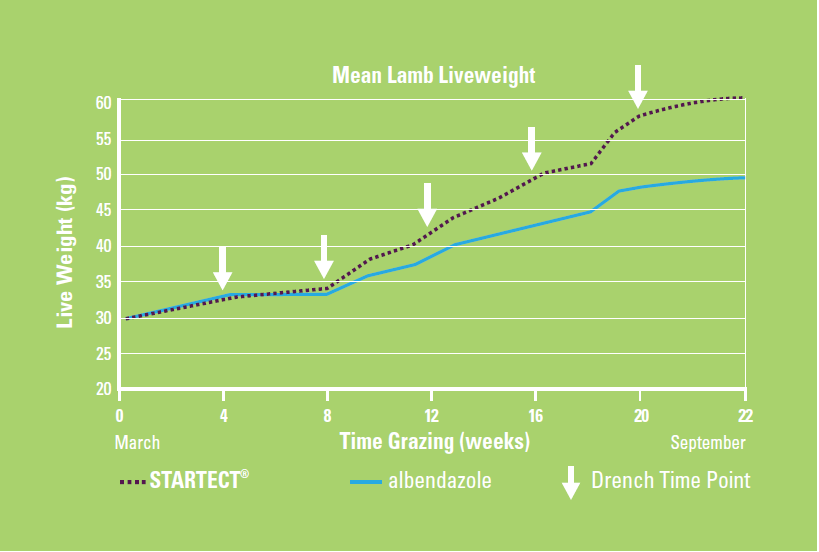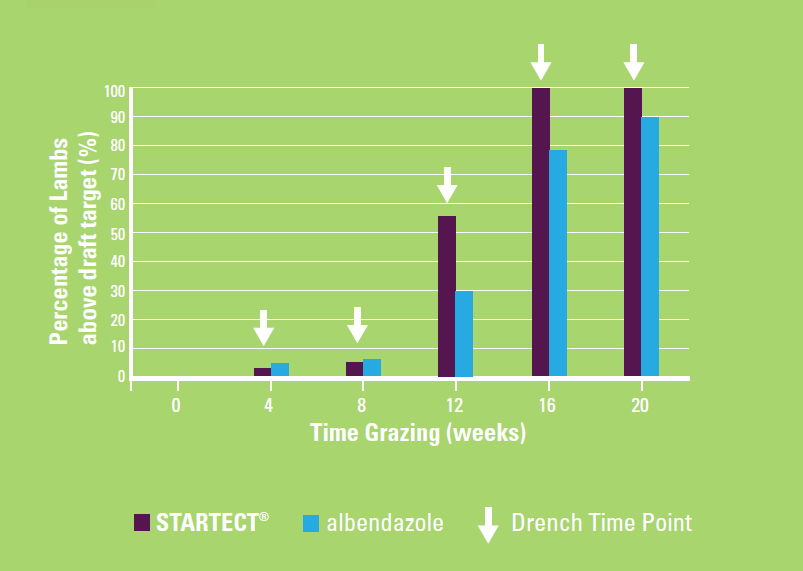- Body condition scores were significantly higher for the
Startect lambs while dag scores were significantly higher in ABZ treated lambs (Fig 2 and
3). During the latter two to three months of the study FEC and body condition scores were
in the ranges that suggested the lambs were affected sub-clinically by parasitism.
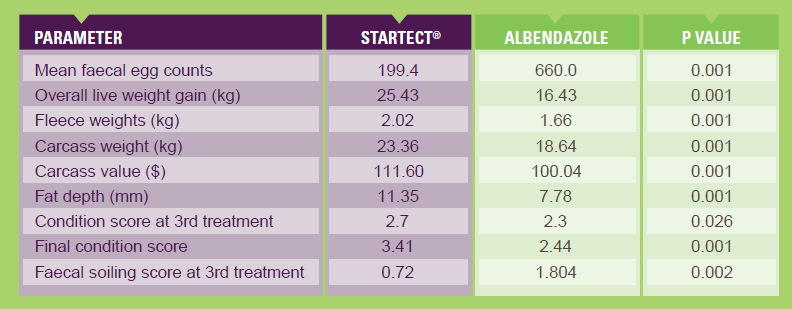
Fig 2: Mean values for production and parasite factors for lambs
treated with STARTECT or
albendazole at monthly intervals.
Fig 3: STARTECT treated lambs compared to those treated with an
ineffective drench.
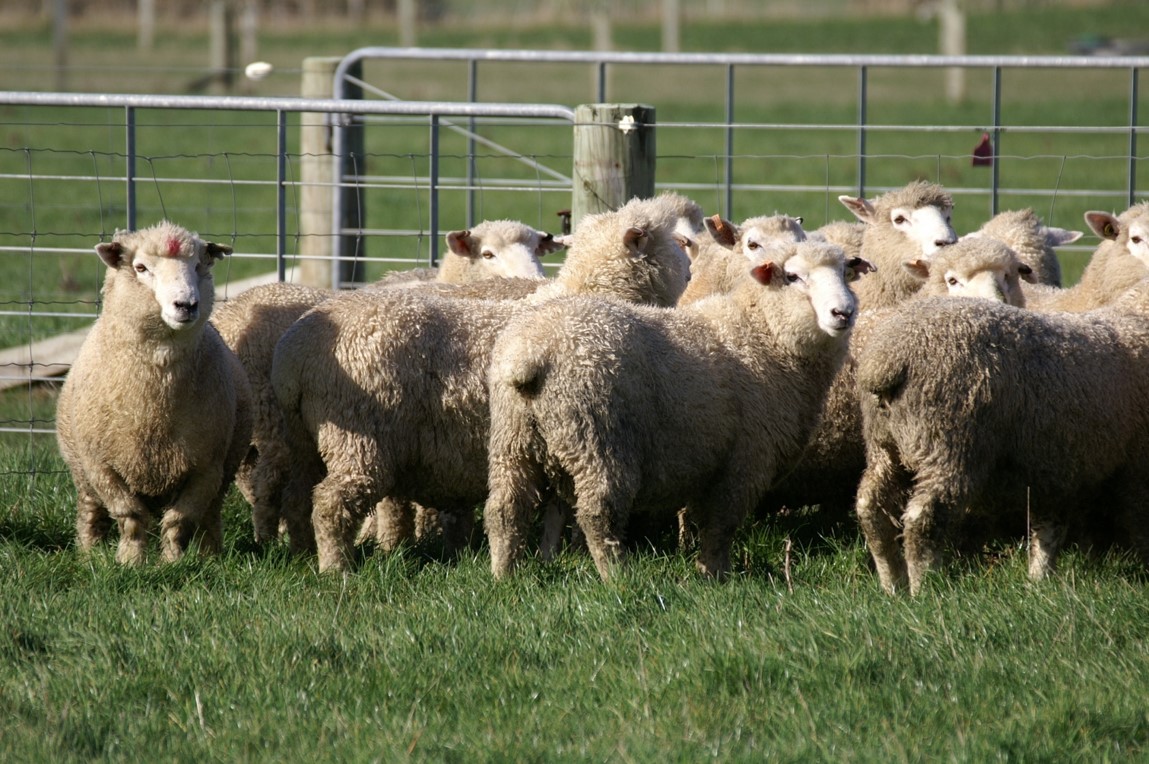
STARTECT treated lambs at the third drench.
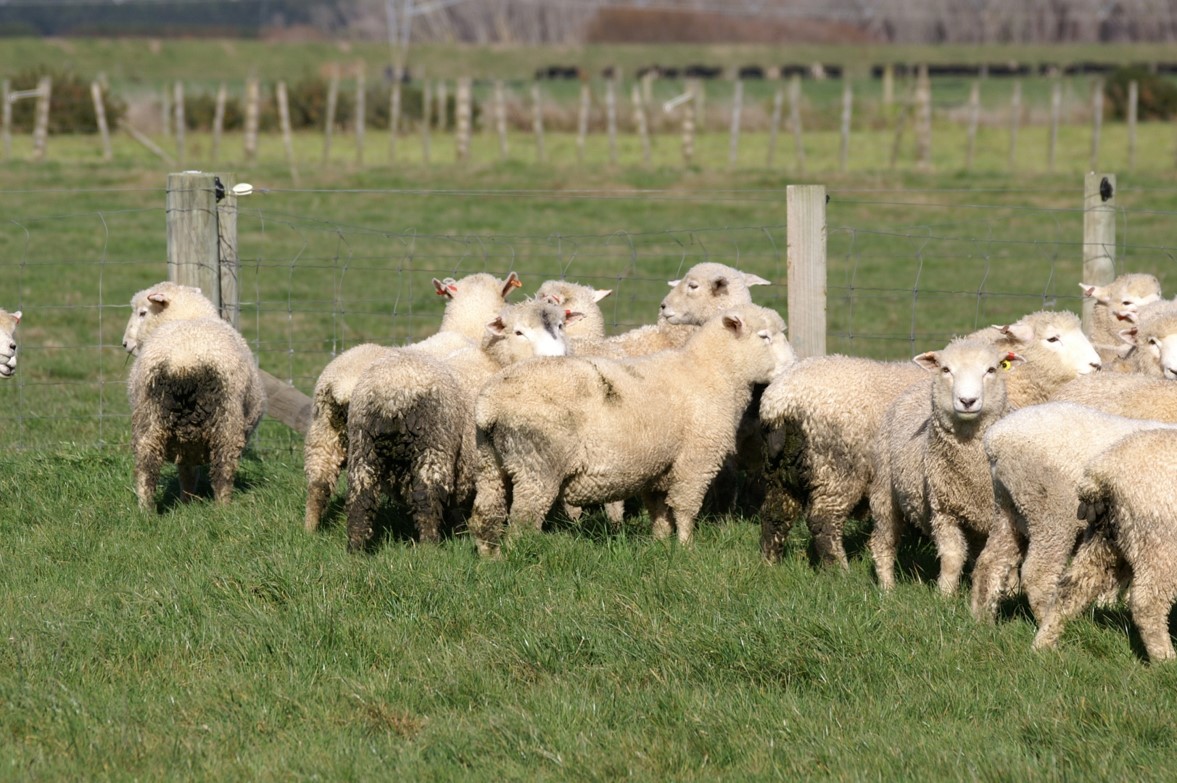
Albendazole treated lambs at the third drench.
